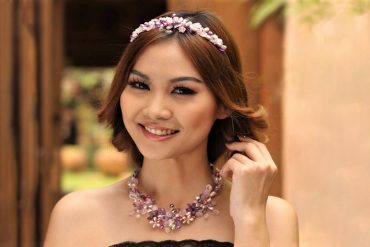Yes! Andean peoples such as the Inca were extraordinary textile artists and their weavings were more highly prized than gold. Their motifs — then and now — tend to be geometric patterns, characterized by their symmetry, and many exemplify handloomed artistry.
Maya women in Central America still work on the backstrap looms they have used for centuries. Their traditional pic bil technique involves laying in thicker threads where the patterns are desired, giving the textile the appearance of embroidery. A very unique pattern is called jaspe. This results from an ikat technique in which the threads are carefully tie-dyed before they are placed on the loom.
Itajime is a kind of shibori tie-dying, an ancient technique that originated in Japan. Rather than tying the fabric with threads, wooden shapes are knotted into the fabric. These block the dye from selected areas in more precise geometric patterns. The dye is classically derived from the indigo plant and lends itself to themes of peace and tranquility.
Artisans in India take their inspiration from the traditional styles and motifs of Kashmir, where ponchos are well suited to the cold weather there. Lavish floral motifs are popular and they are often embroidered by hand with aari embroidery, a type of chain stitch. The flowers are traced on the fabric and a needle with a hooked end is used to push colorful threads through the fabric from behind. Each time the needle is pulled up, it brings up a loop of thread, and the loops are linked consecutively.

